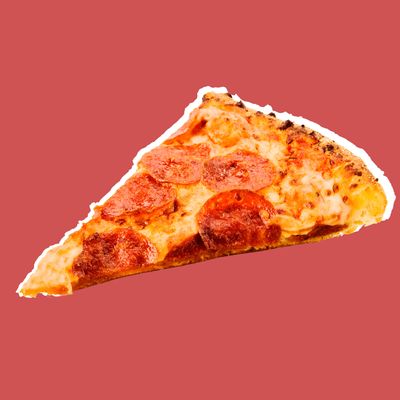
It is Monday morning. You have just arrived at work, and you get one of the following three emails, each promising a different reward if you get everything done that day: One says you’ll get a cash bonus. Another says your boss will give you a rare compliment. A third says you’ll get a voucher for free pizza. Which of these would motivate you to get the most done?
If you are like the subjects in a study led by Dan Ariely, the answer (obviously, I’d argue) will be pizza, with compliments coming in at a very close second.
In his upcoming book, Payoff: The Hidden Logic That Shapes Our Motivations, Ariely recounts an experiment involving employees at a semiconductor factory at Intel in Israel, which unfolded pretty much exactly like the scenario described above. Workers got one of those three messages at the start of their workweek, though about a quarter of them got no message and no promise of a bonus, thus serving as Ariely’s control group. This factory turned out to be an ideal venue in which to conduct a study like this one, because the employees’ output was tangible — they were to assemble a certain number of computer chips per day — and thus, measurable.
After the first day, pizza proved to be the top motivator, increasing productivity by 6.7 percent over the control group, thereby just barely edging out the promise of a compliment (in the form of a text message from the boss that said “Well done!”). Those in the compliment condition increased their productivity by 6.6 percent as compared to the control group. But the worst motivator, much to the company’s surprise, was the cash bonus, which increased productivity by just 4.9 percent as compared to the control group.
It wasn’t a big cash bonus, at 100 NIS, or about $30. Even so, what happened over the next several days was surprising: On the second day of the workweek, those in the money condition performed 13.2 percent worse than those in the control group. This leveled out over the next several days, but for the week overall, the cash bonus ended up costing the company more and resulted in a 6.5 percent drop in productivity. From the employer’s perspective, a cash bonus is worse than offering no incentive at all.
Pizza and compliments, on the other hand — people like pizza and compliments. Over the course of the workweek, the output of the workers in these conditions slowed a little, becoming by the end of the week closer to the productivity level of the control group (but still better than no incentive). All told, the compliment proved to be the very best motivator, though Ariely thinks that if the experiment had gone the way he wanted, pizza would’ve fared best. (His initial suggestion was to deliver a pizza to the home of any employee who hit their target. “This way … we not only would give them a gift, but we would also make them heroes in the eyes of their families,” he writes.)
It’s a funny, clever little study. But it’s also a rather effective way of looking at what truly motivates people, as the results indicate that people are not moved to work by money alone. Social factors such as gratitude also play a substantial role in happiness and motivation at work; a 2011 review of 50 studies on workplace motivation, for instance, found that people tend to work harder when they felt like their work was being appreciated; performance-based pay incentives, on the other hand, tended to backfire. ‘We find that financial incentives may indeed reduce intrinsic motivation and diminish ethical or other reasons for complying with workplace social norms such as fairness,” Bernd Irlenbusch, of the London School of Economics department of management, said in a statement. This is not to say that fair pay isn’t important; of course it is. The point is that it’s not the only, or even the best, motivator for employees.
The problem, Ariely writes, is that this is so easy to overlook. More to the point, what matters most to you when you are actually doing a task turns out to be pretty different from what you assume will matter. As evidence, Ariely describes a study done by University of Chicago researchers Kaitlin Woolley and Ayelet Fishbach, who did a series of experiments involving gymgoers’ intrinsic and extrinsic motivation. When people were in the middle of exercising, they credited intrinsic motivation with getting them through their workout, “elements such as having a positive experience running on a treadmill or lifting weights.” But when people hadn’t yet begun exercising, they predicted that extrinsic motivation (say, if Wooley and Fishbach were to pay them to work out) would work best.
Taken together, the pizza study and the gym study suggest that when people think about work from a distance, they tend to focus too much on extrinsic motivation, and too little on the intrinsic. As Wharton professor Adam Grant has explained it, the motivational power of money and prestige at work fade more quickly than a sense of appreciation. “Extrinsic motivators can stop having much meaning — your raise in pay feels like your just due, your bonus gets spent, your new title doesn’t sound so important once you have it,” he told The Wall Street Journal last year. “But the sense that other people appreciate what you do sticks with you.” Give the people what they want, and what they want is compliments and pizza.




